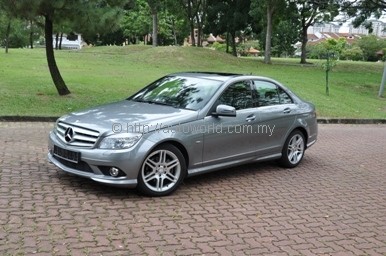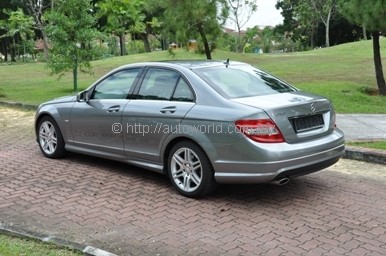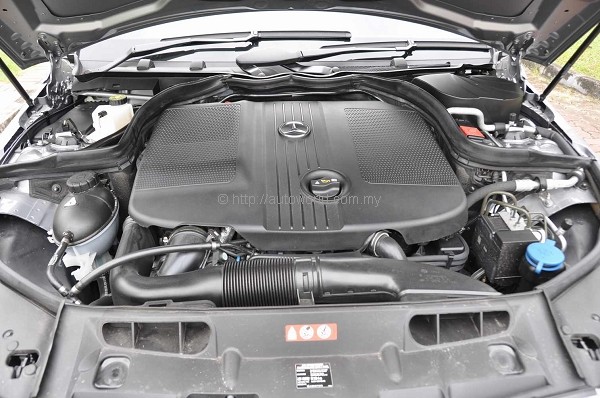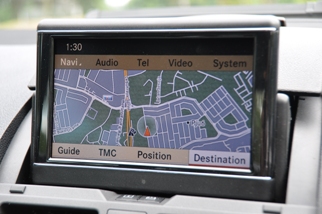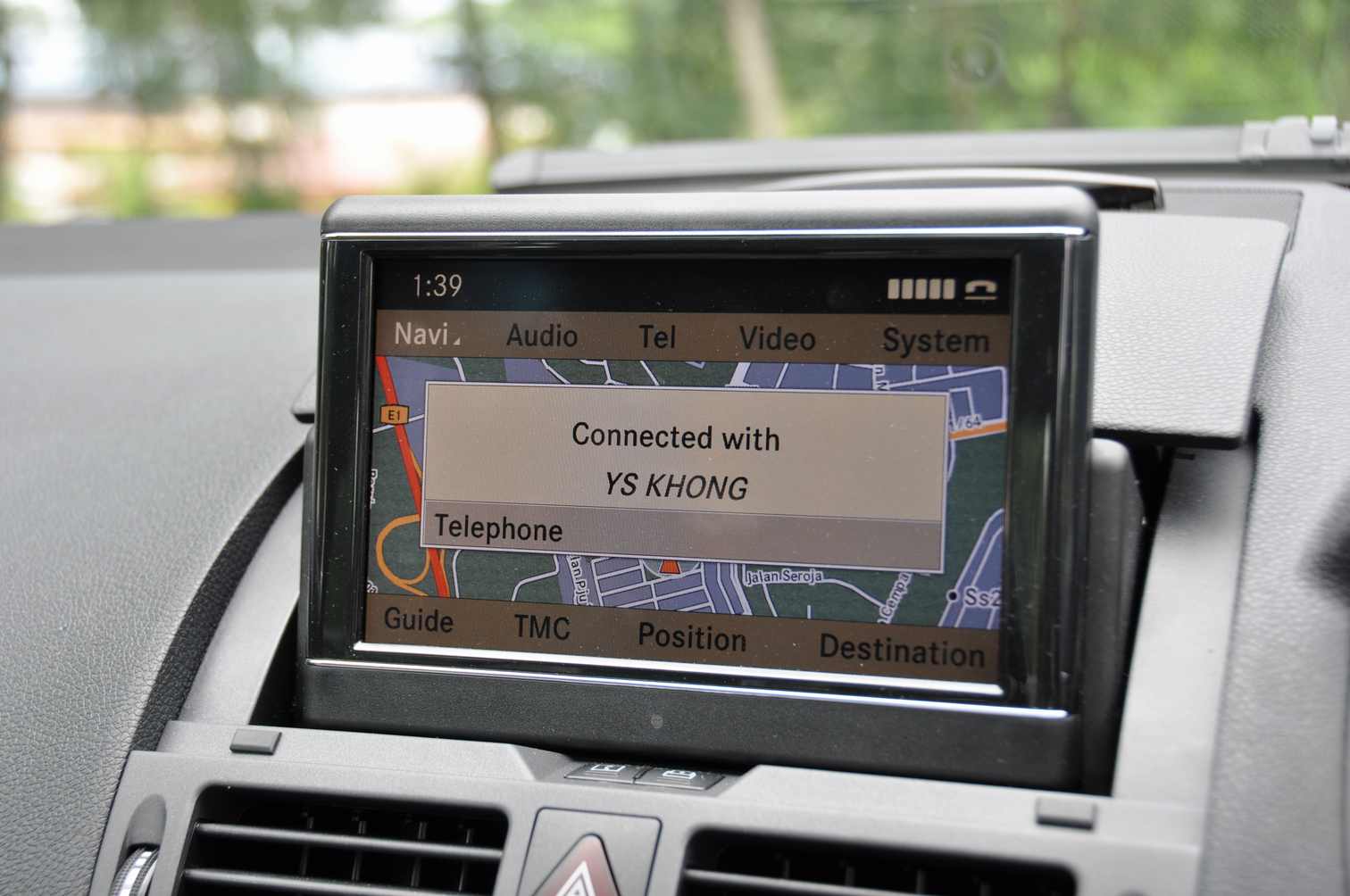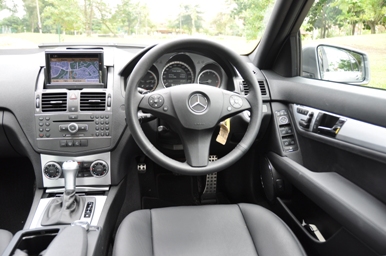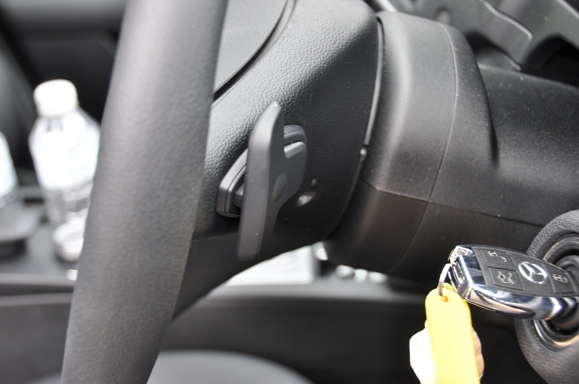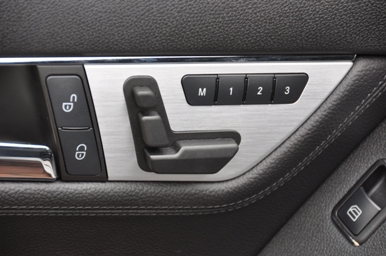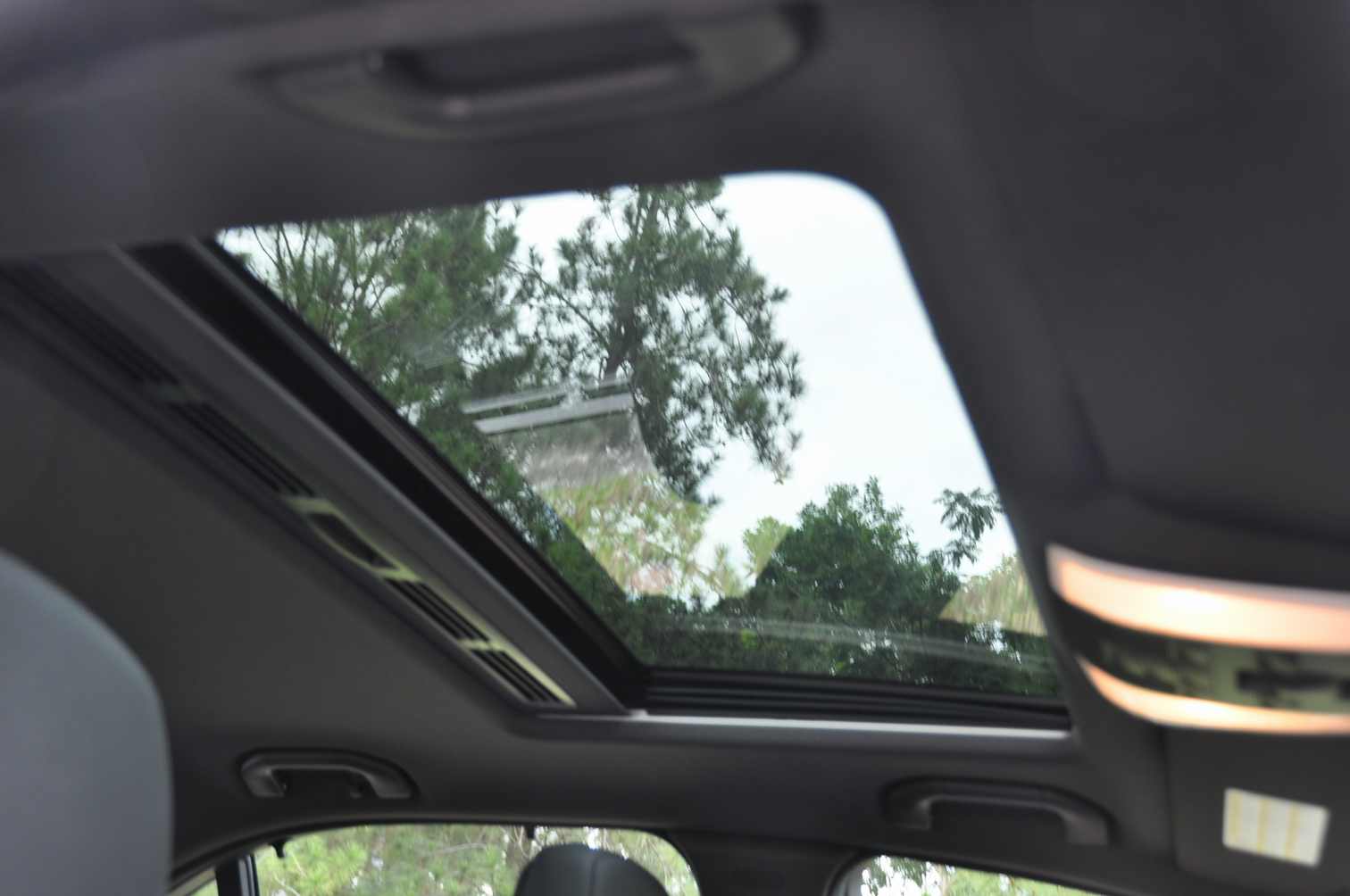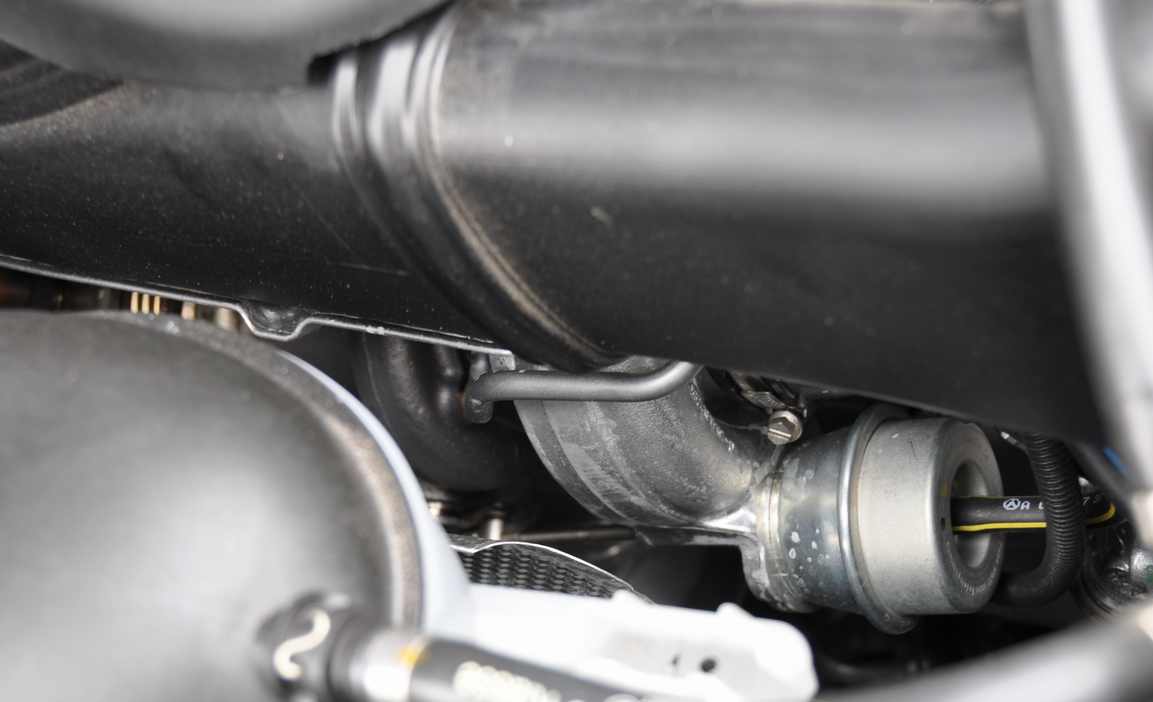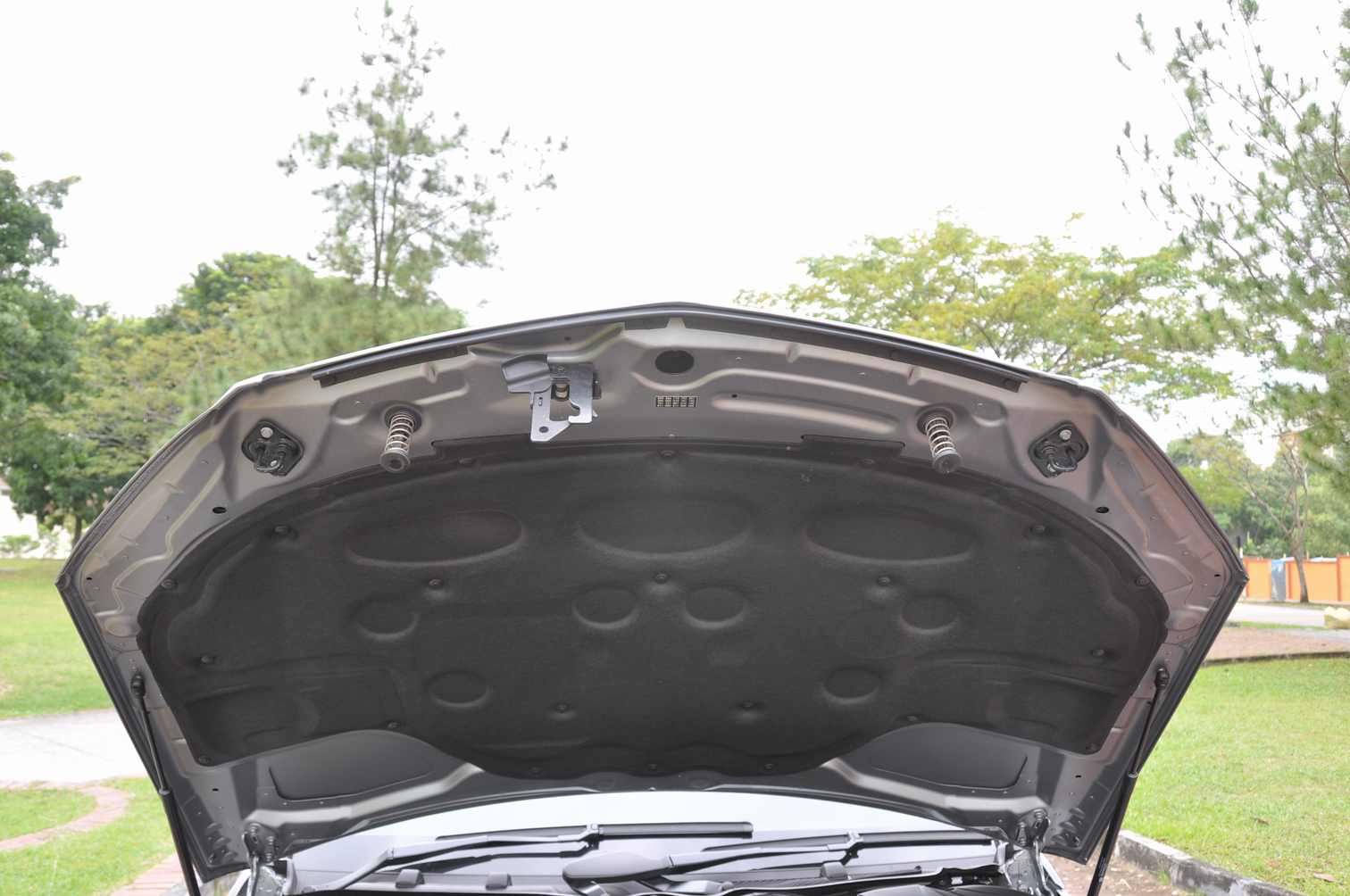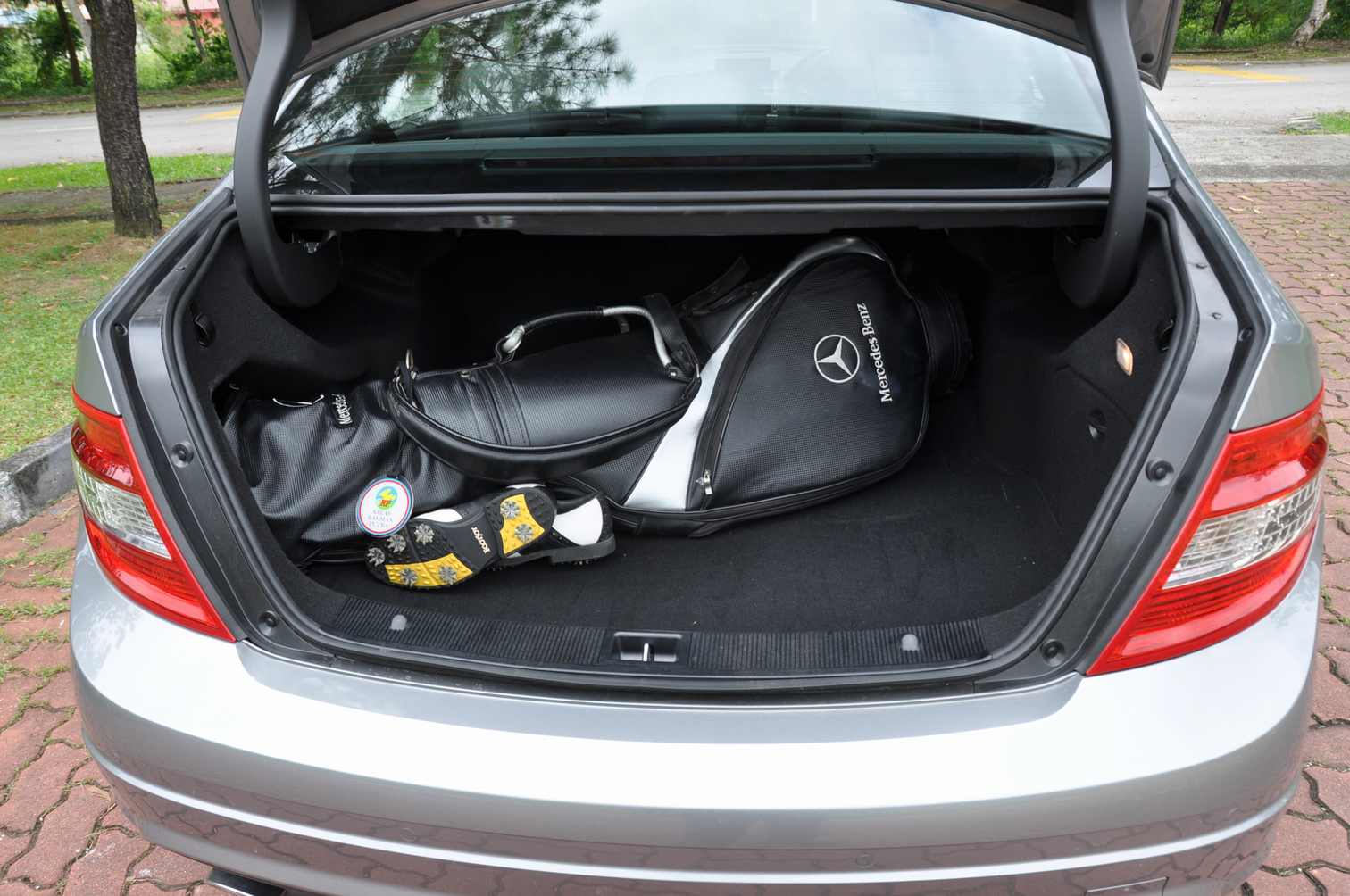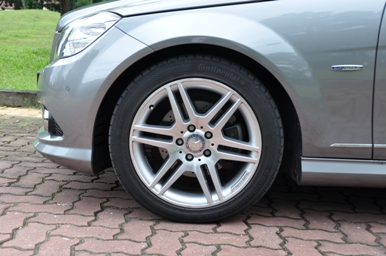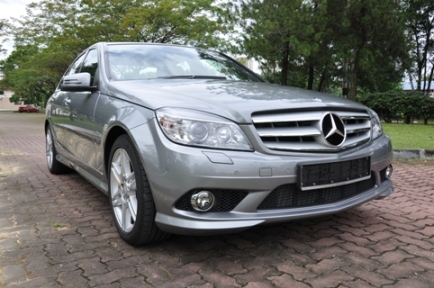Mercedes-Benz 250 CDI – Waiting For Euro 4 Diesel
In anticipation of the planned introduction of Euro 4 Diesel in 2012, which is just around the corner, Mercedes-Benz Malaysia brought in one unit of their current C Class fitted with their latest fourth generation 2.1 litre common rail diesel engine. This car/engine configuration is exactly what is sold in Europe at the moment, so it is not unproven technology, so to speak. The reason why it cannot be sold here is that this engine cannot run on our present Euro 2 diesel available here.
The Mercedes-Benz 250 CDI that was presented to me for a test drive was introduced in 2008, and replaces the previous 2.2 litre diesel. Being of compact dimensions and light in weight, this engine is designed to be fitted for front-wheel drive or rear-wheel drive vehicles; basically the B-Class and the C Class segment cars. Just as a point in passing, as high as 80 percent of all cars sold in Europe are diesels.
The new CDI engine has a capacity of 2,143 cubic centimeters, but is named the 250 CDI, I suppose for the sake of differentiating it from the similarly-sized engine it replaces; the new engine produces a whopping 204 horsepower at 4,200 rpm, and a staggering 500Nm of torque, peaking at 1,600 – 1800 rpm. The development of diesel power is indeed growing in leaps and bounds, and every so often, we get news of new breakthroughs. In particular, the new Mercedes CDI engine gets it new-found power through dual-stage turbo-charging and some clever tweaking on the engine management systems. Translated to the road, this means enormous power available from just out of idling speed, and driven correctly, can be very frugal on fuel as well.
In case you are getting some ideas, such as trying to get one in through the gray importers, don’t, because the model that we had on trial is not tuned for our Euro 2 fuel, and we were given strict instructions not to put in any fuel from any petrol station. Refueling was done at the Mercedes-Benz Malaysia vehicle depot in Shah Alam, plus a couple of jerry cans containing Euro 4 diesel were put into the boot as back-up.
To test such a car, it had to be an out-station trip, and so it was off to Johor Baru that we went, with a full tank and two jerry cans filled with a total of 40 litres of the precious Euro 4 diesel.
Getting into the car, it feels just like any of the current model Avantgarde C Class, with electrically controlled seats, the same luxurious feel, but with AMG wheels, a body kit, active headlights that swivel in tune with the steering, and a sunroof. Inside, you see a navigation system, and a ‘mouse’ for browsing the various controls.
As you start the diesel, remember that it needs to be warmed up a little before you unleash the power; in fact, all engines should be warmed up; this is done by moving off using low engine revolutions, and not stressing the engine. After about a couple of kilometers, the engine temperature should have warmed up sufficiently, and that’s when you push pedal to metal.
The result, as with most of these new generation diesels, is astounding. The power figures for this engine are already record-breaking for a production car; no, this is not an experimental car, but an actual production model pulled off the line and brought here. Our country is just not ready for it yet, due to our fuel situation. A similar situation existed here in the late seventies when the first few cars imported from Japan required unleaded fuel, and we didn’t have any – the result of which was fouled plugs and clogged valves.
The 250 CDI came with a 5-speed automatic transmission, and this was good enough to transmit the power to the rear wheels; acceleration is awesome, making zero to one hundred in 7.0 seconds flat; it out accelerates almost anything on the road. We did catch up with a Porsche Carrera 4S somewhere after the Melaka turn-off, and when the driver saw us in his rear-view mirror, he promptly scooted off, pulling away from us quite easily, and so I settled down for a good drive behind him, letting him clear the way for me. However, after about five minutes of high speed driving, I guess the adrenalin rush was a little too much for him to handle, and he graciously pulled over to let me pass. Nice guy!
In a little over an hour, we arrived at Tangkak; I went to the famous Tangkak Beef Noodles place, but found it to be closed – it appears they open only at 9.30 in the morning, and I was too early. Never mind, I found a very nice Bak Kut Teh place at the other end of the road. Then it was a more leisurely drive for the remainder of the journey to Johor Baru. The entire journey was done in record time; suffice to say that it surpassed any of my previous fastest times, and the wonderful thing is that I did not feel fatigued. In fact, it was only an hour later that I drove back to Kuala Lumpur, having finished my meeting with some associates there.
What is great about the 250 CDI in the C Class is the ride comfort. The suspension is set on the firm side of comfortable, but the suspension has enough give to soak in the undulation in the road extremely well. It is firm enough to handle anything up to 220 km/h or so of high speed driving (on Malaysian roads); you might wish for something harder after that, and this car will touch 240 km/h quite easily, and I even managed to ‘lick’ the 250 km/h mark once when the road was completely devoid of other traffic, but for me, I think the current setting is just about perfect for day to day driving.
Fuel consumption? Well, from the specification sheet given to me, the claim is 5.8 to 6.4 litres per 100 kilometres. These are the numbers based on some European standard of testing; in real world terms, you would expect a figure between 7.0 to 10.5 litres per 100 kilometres, depending strictly on how you drive. Driven sedately, you might even manage to get it down to 6.0 litres per 100 kilometres; as for me, I got a range of 9.0 to 10.5 litres per 100 kilometres, but then I was having a blast most of the time, so these are probably the worst figures you are likely to get.
Personally, I look forward to the day when we can have good clean diesel – our environment will be cleaner, and besides, we will have more options in terms of great cars to buy.




